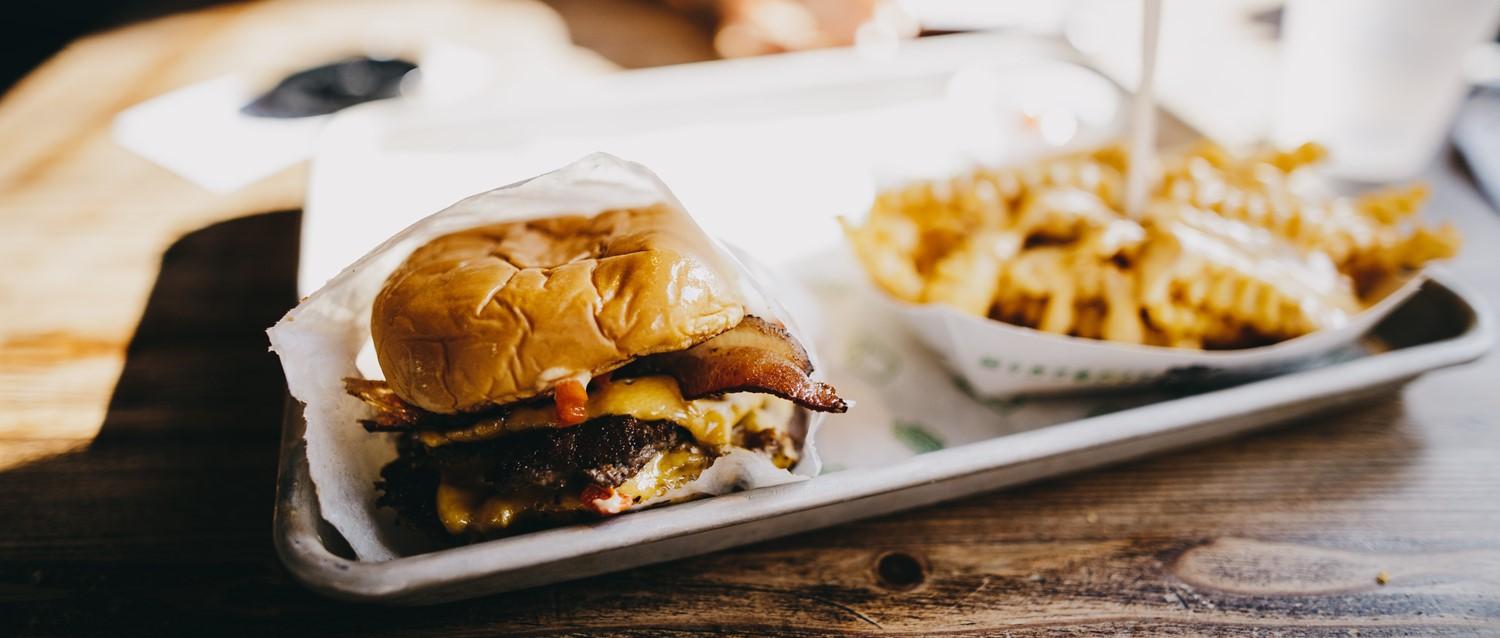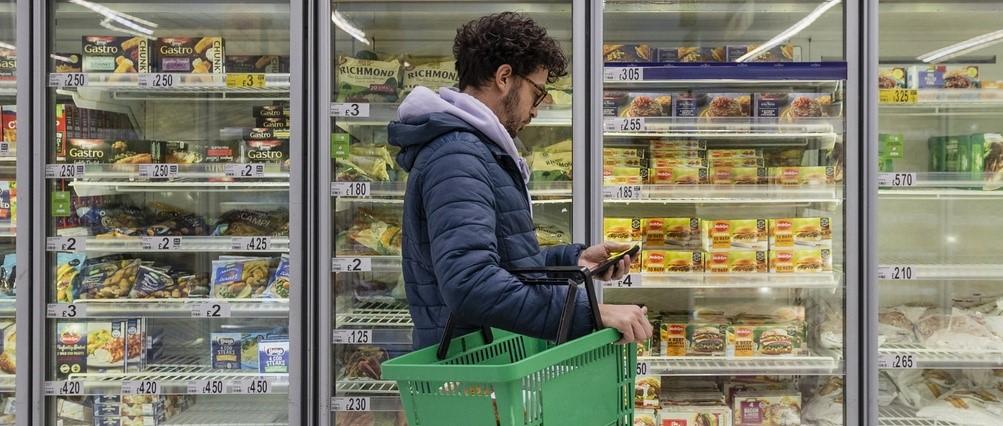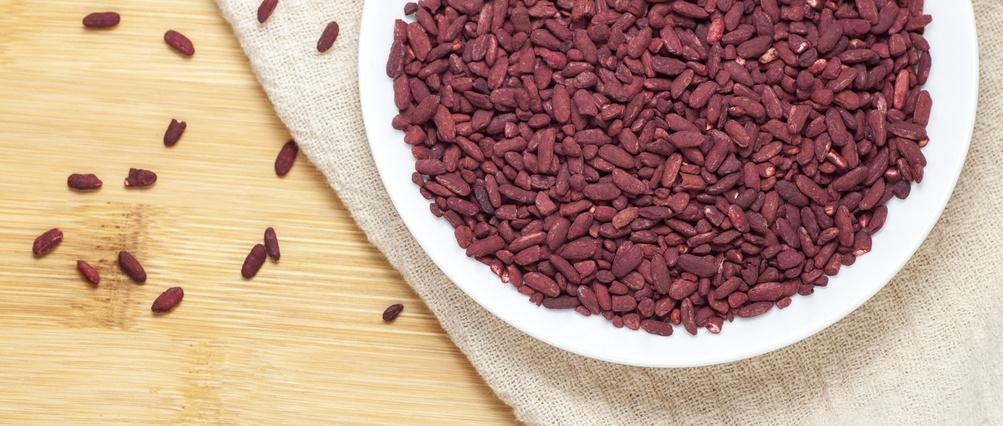
What you need to know about unhealthy foods
Peer reviewed by Dr Colin Tidy, MRCGPLast updated by Dr Sarah Jarvis MBE, FRCGPLast updated 26 Jan 2021
Meets Patient’s editorial guidelines
- DownloadDownload
- Share
- Language
- Discussion
We all know we should be eating lots of fruit and veg - at least five portions a day, with as many different types a possible (they all contain different vitamins and nutrients). But what about unhealthy foods?
In this article:
A couple of decades ago, the focus was all on fat. Now, if you read some of the headlines, you'd believe it was only sugar (or at least carbs) that you have to worry about. Funnily enough, it's not that simple.
Continue reading below
Smart about sugar
There are two kinds of carbohydrates - 'starchy' carbs, found in bread, potatoes, rice and pasta, and 'sugary' carbs - granulated sugar is the obvious example.
Sugar in our bodies comes from the carbohydrates within our food and drink. The starchy carbohydrates we eat are largely made up of big molecules called polysaccharides (poly- means lots) and sugary foods of disaccharides (di- means two). The smallest units of sugars, called monosaccharides (mono- means one), are glucose, galactose and fructose. Granulated sugar is a disaccharide made of glucose and fructose.
Despite the hype about honey and trendy 'agave syrup' being healthier, they're mostly pure monosaccharide sugar - every bit as bad for your health in excess as granulated sugar.
Monosaccharides are absorbed straight from your gut into your bloodstream, putting your blood sugar up. Big polysaccharides in starchy foods have to be broken down in the gut into monosaccharides before they're absorbed. That means food or drink containing pure sugar causes large, rapid spikes in your blood sugar - and rapid drops.
The sudden increase in sugar may give you a very brief energy boost, but too much sugar in your bloodstream is very bad for your health. Not only does it make it easy for you to put on weight, it can also increase your risk of weight gain, heart attack and stroke.
It's not just eating too much sugar which increases your risk of type 2 diabetes - being overweight for any reason does that - but it certainly contributes. And sugary drinks in particular offer empty calories and a bad effect on your body's ability to use the hormone insulin properly.
Clear on carbs
But not all carbs are created equal. 'Complex' carbohydrates such as wholemeal and whole-grain foods, sweet potatoes and other starchy vegetables, provide fibre to help keep you feeling full. That means fibre helps you control your weight, as well as being good for your gut health. Complex carbs also take longer to digest, giving a slow, steady release of sugar into the bloodstream.
Easy health swaps include replacing white flour products with wholemeal or whole grain. As a rule of thumb, about a third of your food should come from complex carbs, at least a third from veg and fruit and most of the rest from dairy and protein foods like pulses, fish, eggs and lean meat.
Type 2 diabetes - the low-carb revolution
In recent years, several studies have looked at whether (for people with type 2 diabetes) a low-carb diet helps to control blood sugar so well that it puts your diabetes 'into remission'. This means your blood sugar is at the same level as someone without diabetes, without you having to take medicine.
Complex carbs don't increase your blood sugar as quickly as refined carbs (white flour and flour products etc). But all carbs, whether starchy or sugary, do increase your blood sugar. A 2021 review of 23 clinical studies showed that after six months on a low-carb diet:
Almost 6 in 10 people had put their diabetes into remission (compared to 3 in 10 receiving 'standard care').
Insulin sensitivity (the body's ability to use insulin) was improved, although this reduced by 12 months.
People lost 7.4 kg more than on standard treatment, although this was no longer the case by 12 months.
Continue reading below
Fats - friend or foe?
Fat is also important. While 'unsaturated' fat (in olive oil, rapeseed oil etc) is much less bad for you than too much saturated fat (butter, cream, fatty meat etc), they're both very high in calories. And weight is almost all about calories in and calories out. Fried and fatty foods, pastries and biscuits all contribute to weight gain, which increases your risk of arthritis and even cancer, as well as heart disease and high blood pressure.
In addition, a 2021 study looked at 562,445 people who between them had 36,727 major cardiovascular events, such as a heart attack or stroke, over nine years. The study showed that people who ate the highest amounts of fried food had:
A 28% higher risk of cardiovascular disease.
A 22% higher chance of heart attack.
A 37% higher risk of heart failure.
The researchers point out that this research doesn't prove how fried food increases these risks. The high calorie intake, trans fats produced during frying and the salt and sugary drinks that often go along with fried meals could all play a part.
Reducing the amount of fat you consume doesn't have to mean changing everything about your diet. You could try grilling your food instead of frying, or try frying with a low-cal spray instead of oil. When buying meat, choose leaner cuts over fattier meats. And do your best to cut down on those cakes and pastries!
Get savvy about salt
And we shouldn't ignore salt either. As a nation, we're more fond of it than we should be - Public Health England recommends no more than 6 grams (a teaspoon) of salt per day for adults; yet our average intake is about 8 grams. As well as salty bacon, gammon and crisps, much of the salt we eat is hidden in prepared foods like sauces, pickles and ready meals. Public Health England says cutting salt is the easiest way to cut high blood pressure, a factor in at least half of heart attacks.
Cooking food from scratch, seasoning with herbs, not adding salt to cooking water and tasting before you add salt can help. 'Posh' sea salts are no better for your health - unless you have kidney problems, try a reduced sodium alternative for that salty flavour.
Whatever you're eating, make sure to check for the 'traffic light' labels on many food packets. Opt for green across the board if possible. Keep foods with red traffic lights for treats!
With thanks to My Weekly magazine, where this article was originally published.
Patient picks for Healthy eating

Diet and nutrition
What are ultra processed foods and do they cause cancer?
After a long day, many of us reach for cheap, convenient foods to make dinner quicker and easier, like ready-made pasta sauces or straight-to-the-oven meals. But even those that seem healthy - like a jar of tomato sauce - are often classed as ultra-processed foods. And eating too much of these can have a serious impact on our health and may even lead to addiction.
by Amberley Davis

Diet and nutrition
Can red yeast rice lower your cholesterol?
Red yeast rice extract has been used for centuries in traditional Chinese medicine. With a list of wellness perks attached to its name, it's recently gained popularity as a dietary supplement. But what are the health advantages of red yeast rice, and are there any side effects?
by Victoria Raw
Continue reading below
Article history
The information on this page is peer reviewed by qualified clinicians.
26 Jan 2021 | Latest version
26 Jan 2021 | Originally published

Ask, share, connect.
Browse discussions, ask questions, and share experiences across hundreds of health topics.

Feeling unwell?
Assess your symptoms online for free